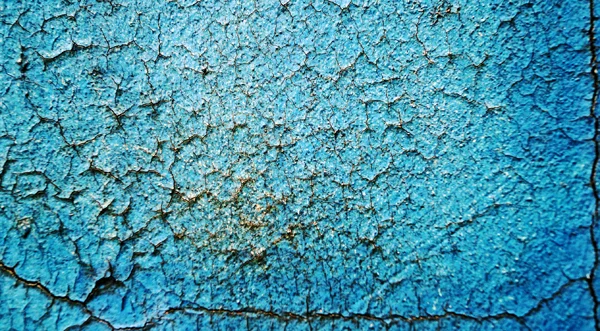Even the best DIY painters encounter problems. Here are some suggested solutions.
By Diane Franklin
If you are an experienced DIYer, you may feel pretty confident about tackling virtually any interior or exterior painting project—unless you encounter a problem. Problems can occur for any number of reasons, including poor surface prep, poor quality paint, cheap applicators or application errors. Sometimes it’s the age of the coating, moisture infiltration or exposure to weather that may lead to a problem.
Here are some common paint problems and the steps you as a DIYer can take to correct them. (Information derived from the Paint & Decorating Products Association and the Paint Quality Institute Problem Solvers.)
Burnishing
The problem: Burnishing is a flaw in the painted surface typically seen in high-traffic areas, caused by repeated washing or rubbing. Flat paints are most commonly associated with this problem. You’re also more likely to have a burnishing problem if you use a lower grade of paint because it will not offer good scrub resistance.
The solution: Your best bet against burnishing is to use a high-quality paint in an eggshell, satin or semi-gloss, since those paints are more durable and offer good scrubbability. In high-traffic areas especially, it’s best to use a top-quality paint. Also, make sure you don’t set furniture against the wall, as that can rub against the paint finish. Wait at least two weeks after painting the walls to allow the paint to cure, and when washing the walls, use non-abrasive cleaners and rub with a soft cloth or sponge.
Alligatoring
The problem: Alligatoring is an exterior paint problem that typically occurs when covering a more flexible coating with a more rigid coating. The outer coating fails when there is movement and the top coat cracks to the point that it resembles the hide of an alligator. This also can happen in climates where there is a great deal of temperature fluctuation, causing the surface to expand and contract repeatedly over time.
The solution: Remove the failed paint with a scraper or wire brush. Sand the surface, then use a quality latex primer and topcoat. Do not use a rigid coating, such as an alkyd enamel over a more flexible primer, as that will cause the problem to recur.
Cracking, Flaking and Peeling
The problem: Problems such as cracking and flaking can occur when the surface hasn’t been prepared properly, when applying to bare wood without the use of a primer, or through the use of a poor-quality paint. Aging of the painted surface, as is the case with older alkyd paints, is another potential case. In the case of exterior paint, seepage of moisture underneath the surface can lead to peeling.
The solution: Use a paint scraper or wire brush to remove all loose paint. Sand the surface, and prime bare wood before painting. Use a quality primer prior to painting to prevent recurrence of this problem. For exterior paint, identify and eliminate any potential source of moisture before repainting with a quality exterior primer and acrylic latex exterior paint.
Blistering
The problem: Lack of adhesion causes lifting of the paint film, giving the paint surface a bubbled appearance. This can be caused if you apply paint when the surface is wet—for instance, if you don’t let the primer or first coat dry thoroughly—or if moisture somehow gets underneath the paint film.
The solution: If there is a source of moisture, make sure you remove it. Scrape and sand the paint film to remove the blisters. Repaint with a quality latex paint. Allow paint to dry thoroughly between coats.
Sagging
The problem: Paint droops and causes an uneven appearance, which can be caused if the paint is too thin or is applied when conditions are too cold or too humid.
The solution: Sand the surface and reapply a new coat of top-quality paint. Make sure you apply the paint in optimal conditions. Don’t paint in cool or humid conditions. Don’t overthin the paint.
Wrinkling
The problem: On exterior paint film, the surface wrinkles like a paper bag or crepe paper. Adverse weather conditions—such as a hot or wet surface—can cause the problem, as can applying paint on a wet surface.
The solution: Scrap the surface to remove the wrinkled coat. Sand and repaint using a top quality exterior paint. To avoid recurrence of the problem, make sure that the ambient air temperature—and the surface you are painting—is not too hot or wet at the time of application.

